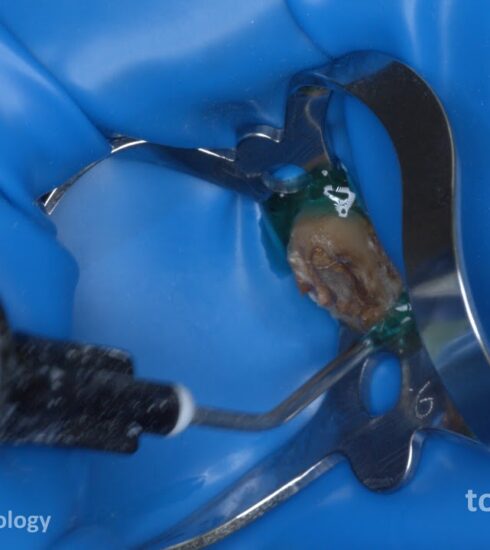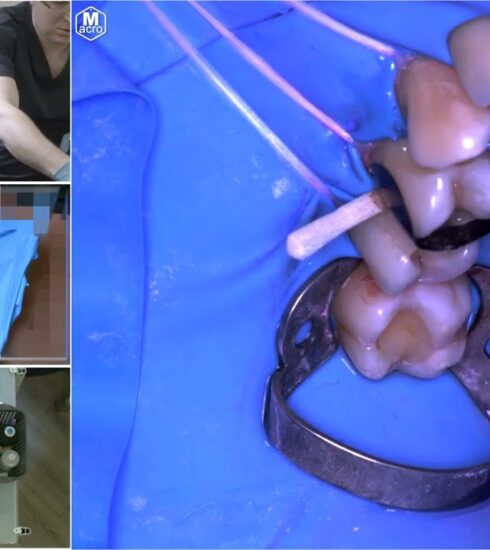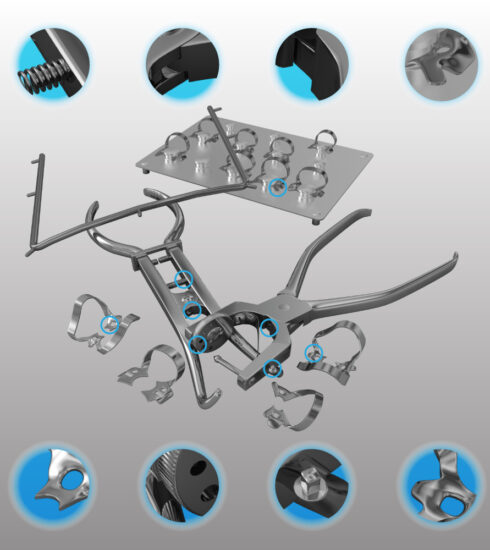The comparative effectiveness of alternative isolation techniques such as cotton rolls versus traditional rubber dams
The comparative effectiveness of alternative isolation techniques such as cotton rolls versus traditional rubber dams in various dental procedures can be summarized as follows: In various dental procedures can be summarized as follows:
- Operative Field Isolation:
- Rubber Dams: Provide a completely sealed, dry operative field, which is crucial for precise procedures requiring optimal moisture control.
- Cotton Rolls: Offer less effective isolation and may allow some moisture penetration, making them suitable for simpler or less complex procedures.
- Procedure-Specific Effectiveness:
- Adhesive Procedures (e.g., Sealants, Orthodontic Bonding): Rubber dams are more effective as they maintain a dry field necessary for the adhesion of materials.
- Simpler Procedures: Cotton rolls may suffice when precise moisture control is not critical.
- Patient Comfort and Practicality:
- Rubber Dams: Can be bulky and uncomfortable, especially for patients with sensitive gag reflexes.
- Cotton Rolls: Generally less intrusive, offering better patient comfort but potentially compromising isolation quality.
- Dentist Skill Level:
- The effectiveness of both techniques is influenced by the dentist’s skill level. Mastery of rubber dam technique may require practice and expertise.
- Cost and Setup Time:
- Rubber dams involve additional equipment (punches, forceps) and setup time, which can increase costs.
- Cotton rolls are cheaper and quicker to place, making them more practical for some dentists.
- Long-Term Outcomes:
- While cotton rolls may be faster and easier to use, they could lead to higher failure rates or shorter lifespan of restorations due to inadequate moisture control.
- Innovative Alternatives:
- Exploration of modern materials (e.g., hybrid dams) or digital tools for improved field control is warranted to address the drawbacks of traditional rubber dams.
Conclusion: The choice between cotton rolls and rubber dams depends on the specific dental procedure, dentist skill level, patient comfort, and long-term outcomes. While rubber dams offer superior isolation for precise procedures, alternative methods like cotton rolls may be adequate in less demanding situations.
- Noncarious Cervical Lesions and Cervical Dentin Hypersensitivity: Etiology, Diagnosis, and Treatment Edited by Paulo V. Soares, DDS, MS, PhD John O. Grippo, DDS ISBN 9780867157543
- Essentials of Dentistry Quick Review and Examination Preparation Rushik Dhaduk BDS Tutor, Dharmsinh Desai University Nadiad, Gujarat, India ISBN 978-93-5025-368-7






